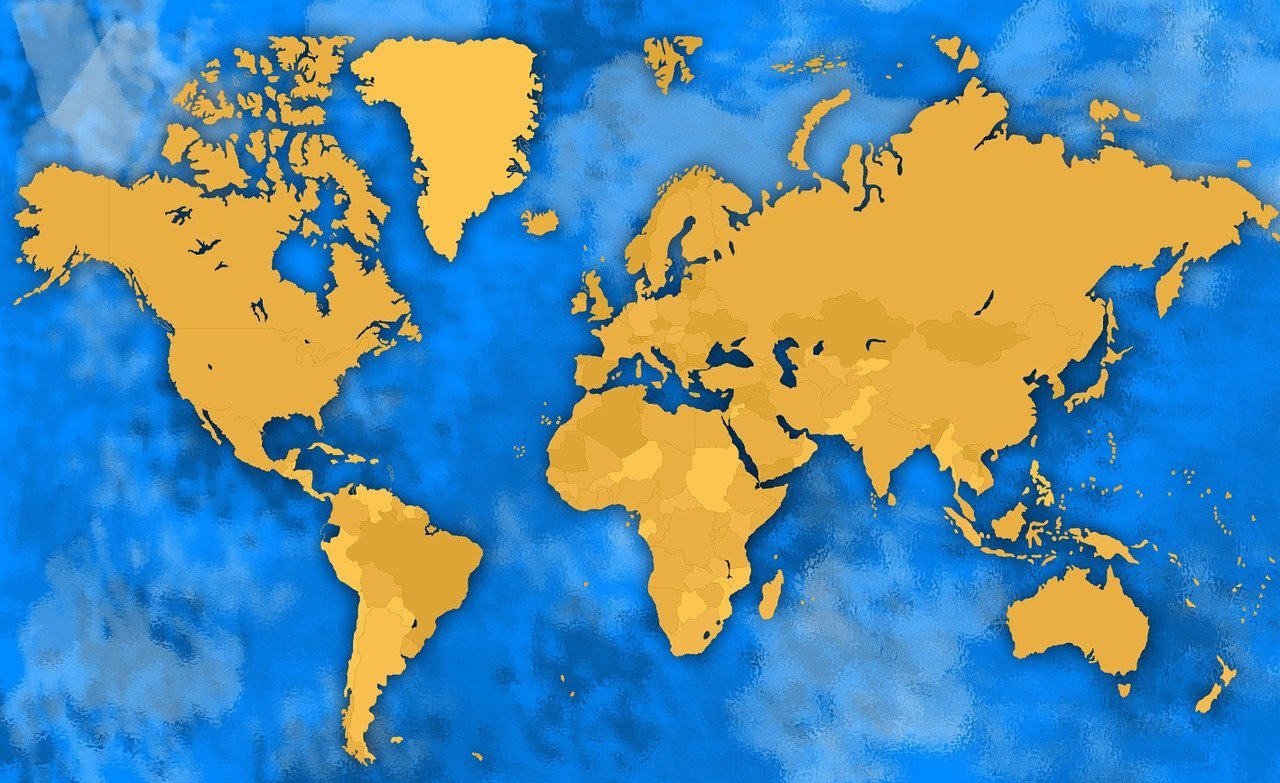In the modern world, new words and concepts often emerge that capture our attention. Some fade quickly, while others take root and gain significance across different fields. One such idea is dihward. Though not universally familiar, this term is steadily growing in relevance because of its adaptable nature.
Whether you’re in technology, education, business, or creative industries, dihward offers a framework for resilience, transformation, and forward-looking thinking. This article provides a clear guide to its meaning, origins, applications, and importance.
What is Dihward?
Dihward can be described as a versatile concept that adapts to the context in which it is used. At its heart, it reflects adaptability, balance, and progress.
- In technology, it might symbolize a system that blends old and new methods.
- In business, it reflects flexible strategies that can survive uncertainty.
- In creative culture, it represents transformation and resilience.
Because it’s not tied to a single definition, the strength of dihward lies in its ability to fit multiple perspectives.
Origins and Evolution
The origins of the word aren’t tied to one language or culture. Instead, it evolved from several influences:
- Linguistic experimentation: A hybrid of ideas representing direction and development.
- Creative symbolism: Artists and writers used it to capture themes of change.
- Industrial thinking: Professionals adopted it as a model for hybrid frameworks.
This flexible background is why dihward resonates across fields today.
Why Dihward Matters
In Technology
- Explains hybrid systems that merge legacy tools with modern platforms.
- Helps teams describe adaptable, scalable frameworks.
- Encourages a mindset of innovation without abandoning proven methods.
In Culture
- Serves as a symbol of resilience in literature and visual art.
- Bridges traditional values with modern realities.
- Reflects adaptability, a trait crucial in today’s fast-changing societies.
In Business
- Supports strategies designed for uncertain markets.
- Promotes resilience and flexibility in organizational structures.
- Inspires innovation by combining multiple approaches into one model.
Key Characteristics
The defining traits of dihward include:
- Adaptability: Shifts meaning depending on context.
- Symbolism: Represents transformation and growth.
- Cross-disciplinary use: Applied in technology, culture, and business.
- Resilience: Encourages persistence through change.
- Future orientation: Provides a lens for long-term vision.
Practical Applications
Technology
A software firm might describe its hybrid workflow as a dihward approach—integrating automation tools with manual quality checks. This balance increases efficiency while maintaining reliability.
Education
Teachers can use it as a way to explain multi-disciplinary learning, blending arts, science, and technology to encourage broader thinking.
Business
Start-ups often adopt a dihward mindset to stay flexible. For example, during sudden market shifts, these companies adjust strategies without discarding their core values.
Creative Fields
An artist might use dihward in their work to symbolize transformation—a painting or poem that represents both tradition and innovation.
Case Example
A mid-sized tech company struggled to modernize its infrastructure. Instead of replacing everything at once, it adopted a dihward framework:
- Integrated AI tools alongside legacy systems.
- Balanced automation with human oversight.
- Measured results carefully before scaling changes.
The outcome: higher efficiency, reduced errors, and smoother adaptation.
Benefits of Dihward
- Encourages innovation.
- Strengthens resilience in systems and strategies.
- Builds a bridge between tradition and modernity.
- Supports collaboration across industries.
- Promotes sustainability by balancing growth with responsibility.
Challenges
- Ambiguity: Broad meaning can confuse people.
- Practical difficulty: Turning abstract concepts into concrete action isn’t simple.
- Overuse risk: Without careful use, it could become a buzzword.
Best Practices
To use dihward effectively:
- Define it clearly in your specific field.
- Give examples to make it practical.
- Balance theory with action through real-world applications.
- Encourage collaboration, since the concept thrives in multi-disciplinary environments.
Future Outlook
Dihward is likely to grow in influence across sectors:
- Education: As a framework for teaching adaptability.
- Business: As a model for flexible strategies.
- Technology: To describe modular and scalable systems.
- Culture: As a lasting symbol of transformation.
Its future depends on how thoughtfully individuals and organizations apply it.
FAQs
1. What does dihward mean?
It refers to a versatile concept symbolizing adaptability, resilience, and progress across industries and culture.
2. How is dihward used in business?
Companies apply it to design flexible strategies and resilient models for changing markets.
3. Is dihward a technical or cultural idea?
It can be both—it appears in technology, business, education, and creative works.
4. Why is dihward important today?
Because it bridges tradition with modern needs, encouraging innovation and resilience.
5. Can dihward be applied in education?
Yes, it’s used to promote multi-disciplinary approaches that merge arts, science, and technology.
6. What challenges exist in applying dihward?
The main challenges include ambiguity, risk of overuse, and practical difficulties in implementation.
7. How can individuals adopt dihward in daily life?
By practicing adaptability, resilience, and creative problem-solving in their decisions.
Conclusion
The concept of dihward is more than just a word—it’s a mindset. It embodies resilience, adaptability, and the ability to thrive in uncertain times. Whether in technology, culture, education, or business, it provides a framework for connecting tradition with innovation.
Embracing dihward means being open to transformation, ready for challenges, and committed to sustainable growth.
Call-to-Action: Consider how the principles of dihward can guide your projects, studies, or creative work, and use it as inspiration to adapt and succeed.










